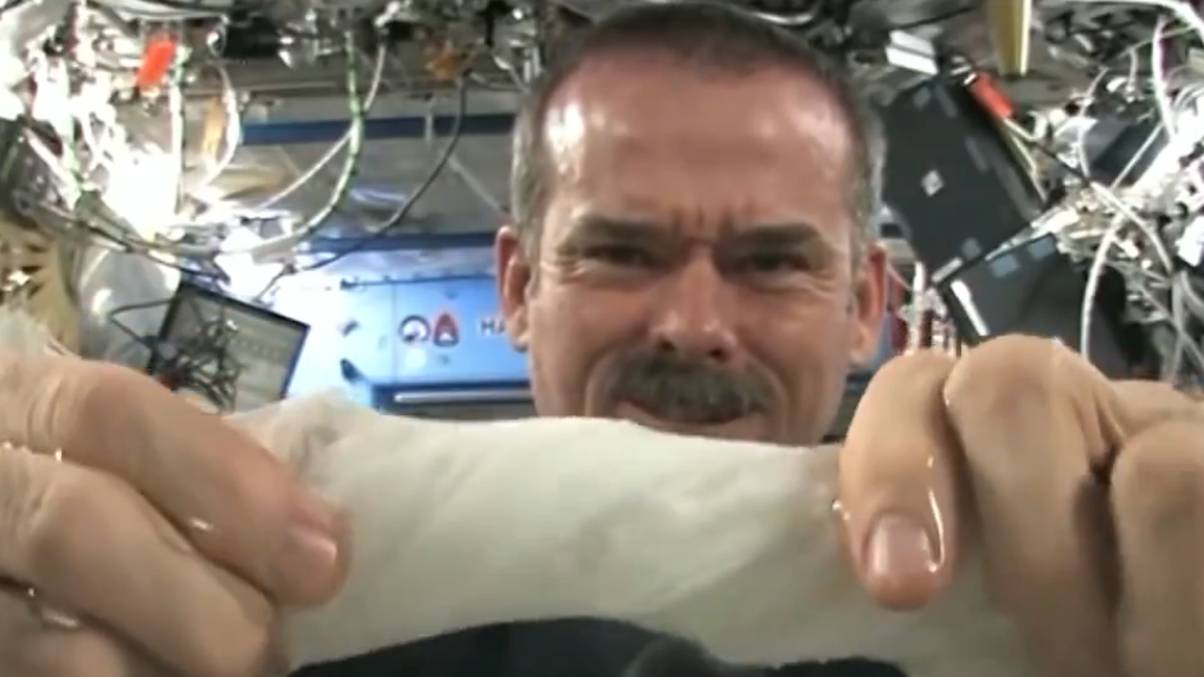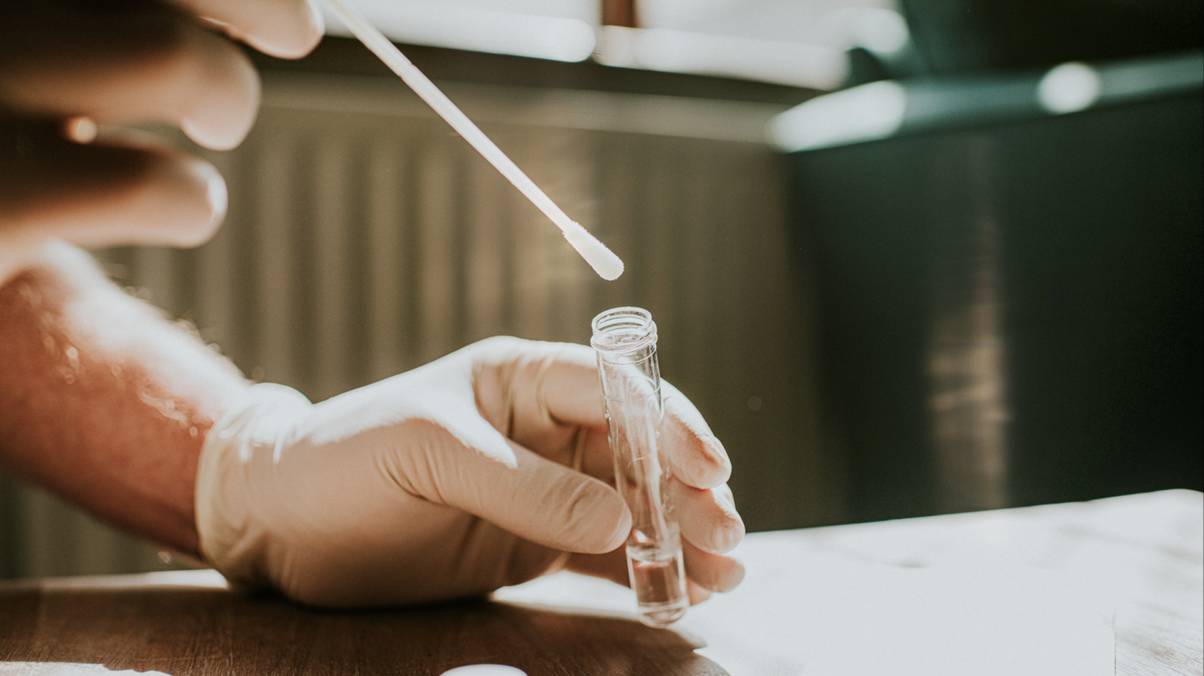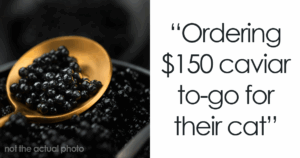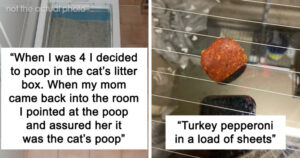“Inside the Forbidden Zone: One Man’s Daring 180-Minute Adventure on a Treacherous Radioactive Isle”
Have you ever thought about quitting the grind and moving to paradise, only to discover that paradise might just be a bit too radioactive for your taste? Meet @vagabondartist, an adventurous American who swapped the hustle and bustle of life in the States for the tranquil shores of Utila, Honduras. But after four years of dreaming and planning, he ventured to Bikini Atoll—an island so laden with radiation that you wouldn’t want to stick around longer than a coffee break! His eye-opening TikTok journey exposes the haunting beauty and tragic history of this notorious nuclear testing site. What does it feel like to walk through a ghost town where time has stood still since the Cold War? Join this captivating tale and find out why Bikini Atoll is a stark reminder of mankind’s penchant for destruction! LEARN MORE
An American who ‘gave up the rat race’ has revealed what he found when visiting a remote Caribbean island that is too radioactive to stay on for longer than three hours.
Going by the username @vagabondartist over on TikTok, the social media user revealed that he gave up his life back in the United States of America in early 2022, moving to the tiny island of Utila off of the coast of Honduras ‘to live the simple life’ with his partner.
And now, after ‘four years of planning and work’, he has managed to secure a trip to one of the most radioactive places on the planet.
It’s no joke, either; the island is reportedly too dangerous to live on, and it’s harmful to your health to stay for more than three hours at any one time.
What is the radioactive island?
Dubbed ‘Bikini Island’, its technical name is Bikini Atoll, atoll being a fancy word for a ring-shaped island.
The island was chosen by the United States government as its base of operations for nuclear weapon testing after the Second World War, asking the 167 people living on the island to relocate due to testing.
They said it was ‘for the good of humankind’.
In total, the US government conducted 23 nuclear tests at Bikini Island, starting with Operation Crossroads in 1946 and the final test coming in 1958 – a time in history where the dangerous reality of nuclear weapons was becoming more well-known.
Bikini Atoll became home to the largest nuclear test ever conducted by the US government when, in 1954, it dropped the Castle Bravo thermonuclear weapon, yielding 15 megatons of TNT; more than twice as powerful as it was expected to be.
“We have to live on this boat because the island is too radioactive for anybody to live there,” @vagabondartist said in his video posted to TikTok in October. “We were only allowed to go back for about three hours.”

One of the nuclear bombs detonated at Bikini Atoll (History/Universal Images Group via Getty Images)
Moving back to Bikini Atoll
In the late 1960s, the US government attempted to move native islanders back to Bikini Atoll following the end of testing at the site.
But three years after around 100 people moved back on the island, it was determined that some water wells remained too radioactive for use, with food still inedible.
Reports over the years linked miscarriages, genetic abnormalities, and stillbirths to living on the island.
As a result, the Bikini community sued the US government, resulting in compensation of $75,000,000. A further $90,000,000 was allocated for radioactive clean-up.

Bikini Atoll from above; the crater in the top left caused by the explosion of the 15 megaton Castle Bravo nuclear bomb (Copernicus Sentinel Data 2017/Orbital Horizon/Gallo Images/Getty)
Just how radioactive is Bikini Atoll?
Due to the tests on the island, Bikini Atoll was contaminated to the point where any food grown on the island is inedible. By eating this after moving back on to the island, those native to Bikini Atoll were left with higher radiation levels than a normal person.
“Coconuts are one of the main reasons why the Bikinians weren’t able to say on Bikini Atoll at all,” @vagabondartist said.
“Radiation that was three metres underground would get pulled up in to the trees and in to the coconuts and end up in what they were eating.
“And it wasn’t just coconuts, it was everything they were eating here.”

A huge explosion during one test (Universal History Archive/Getty Images)
What is on Bikini Atoll?
What remains on the island are the buildings constructed by the US government for testing, as well as housing those doing the tests.
In his visit to Bikini Atoll, @vagabondartist walks through old kitchens that, after evacuation, were used by a small team of caretakers who look after the island on a rotating basis, to limit radiation exposure.
But even now, they stand empty, and homes are fully furnished, with pots and pans still lining kitchen walls.
“When the order came to leave, they just left everything,” he said.
“Some of these homes are just like they were the day the order came.”
Also on the island is a huge nuclear shelter, used by scientists during the 15 megaton Castle Bravo nuclear weapon test
Bikini Atoll remains a World Heritage Site and a reminder of the Cold War and the post-nuclear age.














